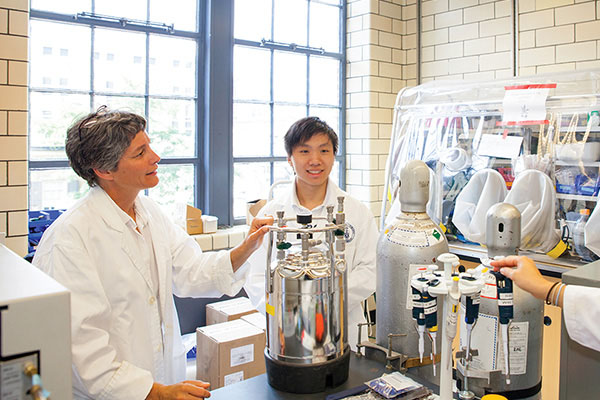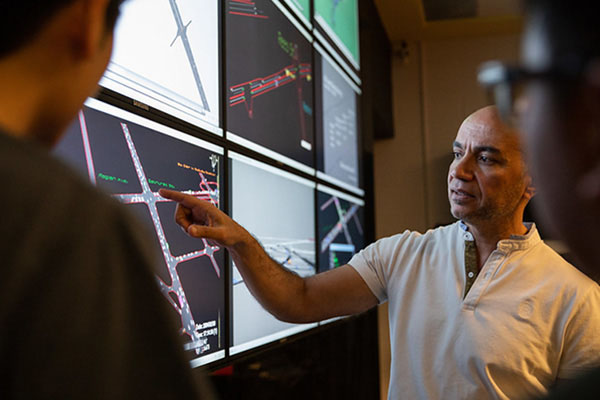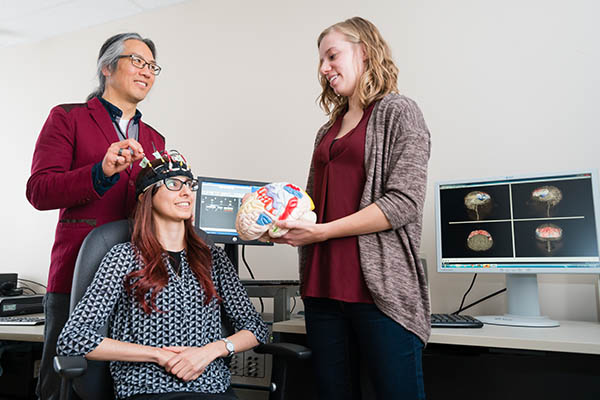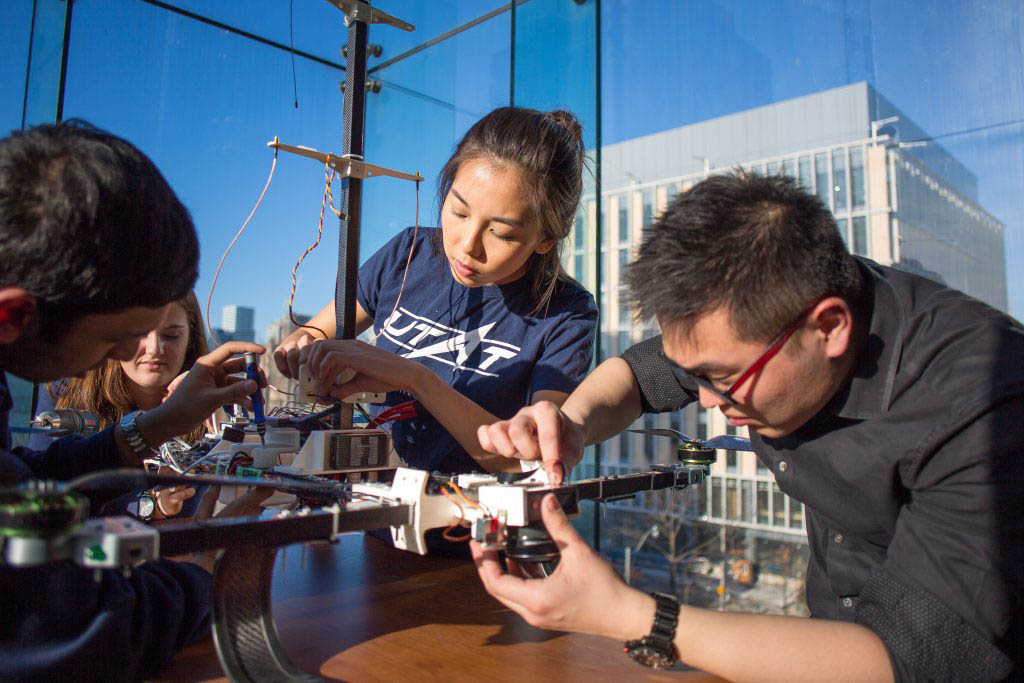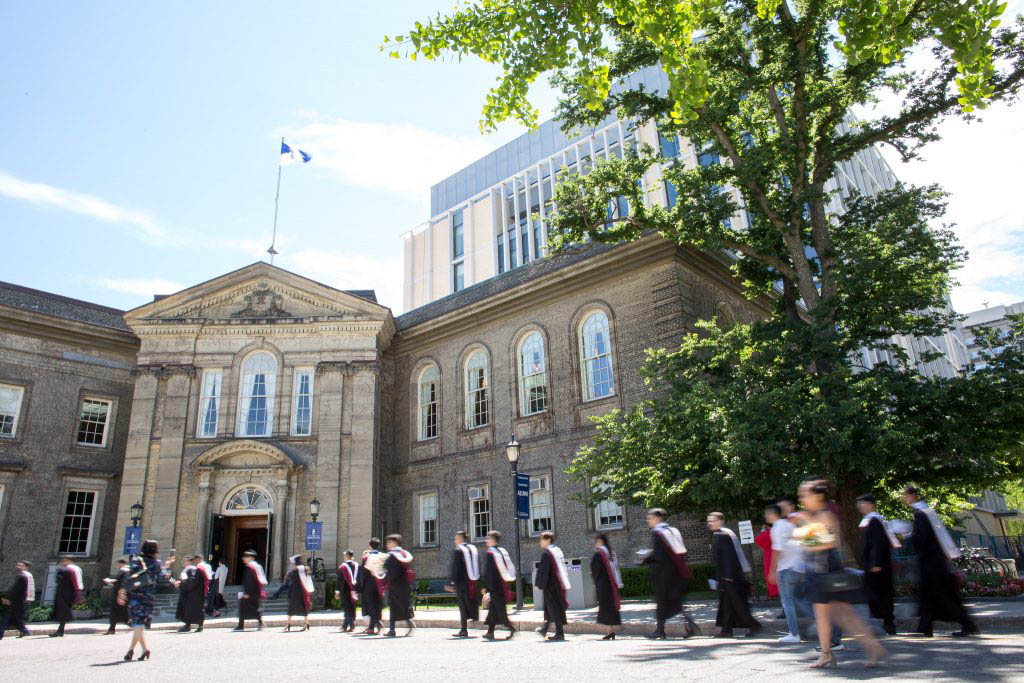JEAN GOTMAN, McGill University
The EEG is commonly used to help diagnose epilepsy and to localize the region of the brain from which seizures are likely to originate. The spatial resolution of EEG is however not very high and the EEG cannot see deep in the brain because of the attenuation of the electrical field with distance. If the EEG is recorded during functional MRI scanning (fMRI), it is possible to study the metabolic changes caused by these epileptic discharges (increases or decreased in the fMRI signal compared to baseline). The most intense signal changes reflect the regions with the most metabolic change, thus the regions with the most intense neuronal discharges, which are presumably the source of the epileptic discharge. These can be located anywhere in the brain.
There are many technical challenges in performing EEG-fMRI studies, mainly as a result of recording the very low amplitude EEG signal in the large (3 Tesla) and changing magnetic field of the MR scanner. It is nevertheless possible to obtain an interpretable EEG signal.
In patients who have an epilepsy that is refractory to drug treatment, it is possible to consider the surgical removal of the source of epileptic seizures. There are different methods to find this region, and EEG-fMRI has a particular place in this set of methods because it is non-invasive and it can see deep in the brain. EEG-fMRI studies have revealed regions of activation that help in the planning of surgery or in determining where in the brain one can place electrodes to find the source of seizures.
Jean Gotman received an engineering degree from the University of Paris and a PhD in Neuroscience from McGill University in Montreal. He pioneered the automatic detection of spikes and seizures during long-term EEG monitoring and made his methods widely available through Stellate, a company he created in 1986, which developed and sold all over the world equipment and software for EEG, epilepsy monitoring and polysomnography. He published over 300 peer-reviewed papers and 40 chapters. His research interests include analysis of the EEG, mechanisms of epileptogenesis, seizure generation and spread in humans, High Frequency Oscillations and functional imaging in the diagnosis and study of epilepsy. He received the Research Recognition Award from the American Epilepsy Society, the Pierre Gloor Award of the American Clinical Neurophysiology Society, the Penfield Award of the Canadian League against Epilepsy, was named Ambassador for Epilepsy by the International League against Epilepsy, and gave the Lennox-Lombroso lecture at the American Epilepsy Society.
Sandford Fleming Building, Room 1105




